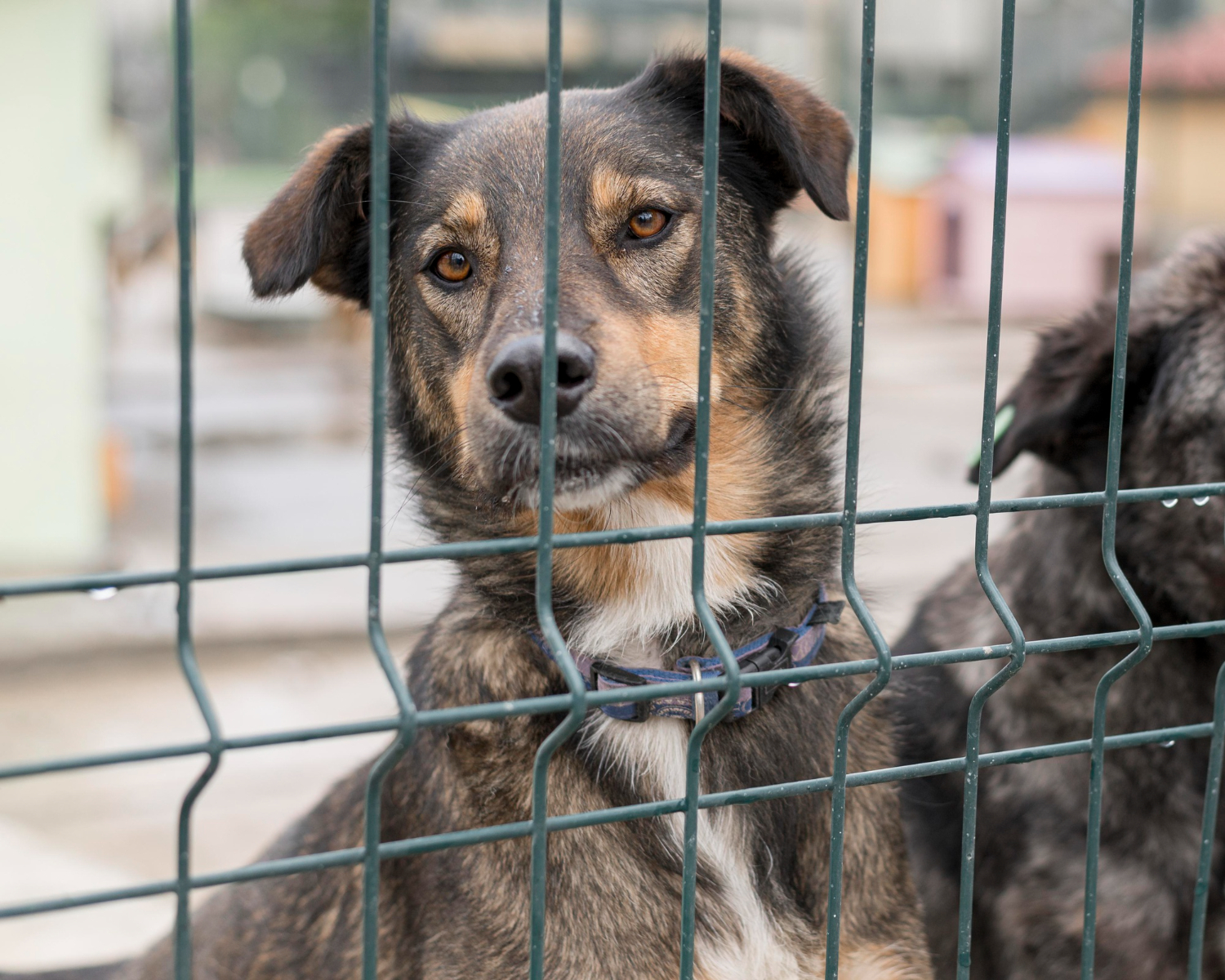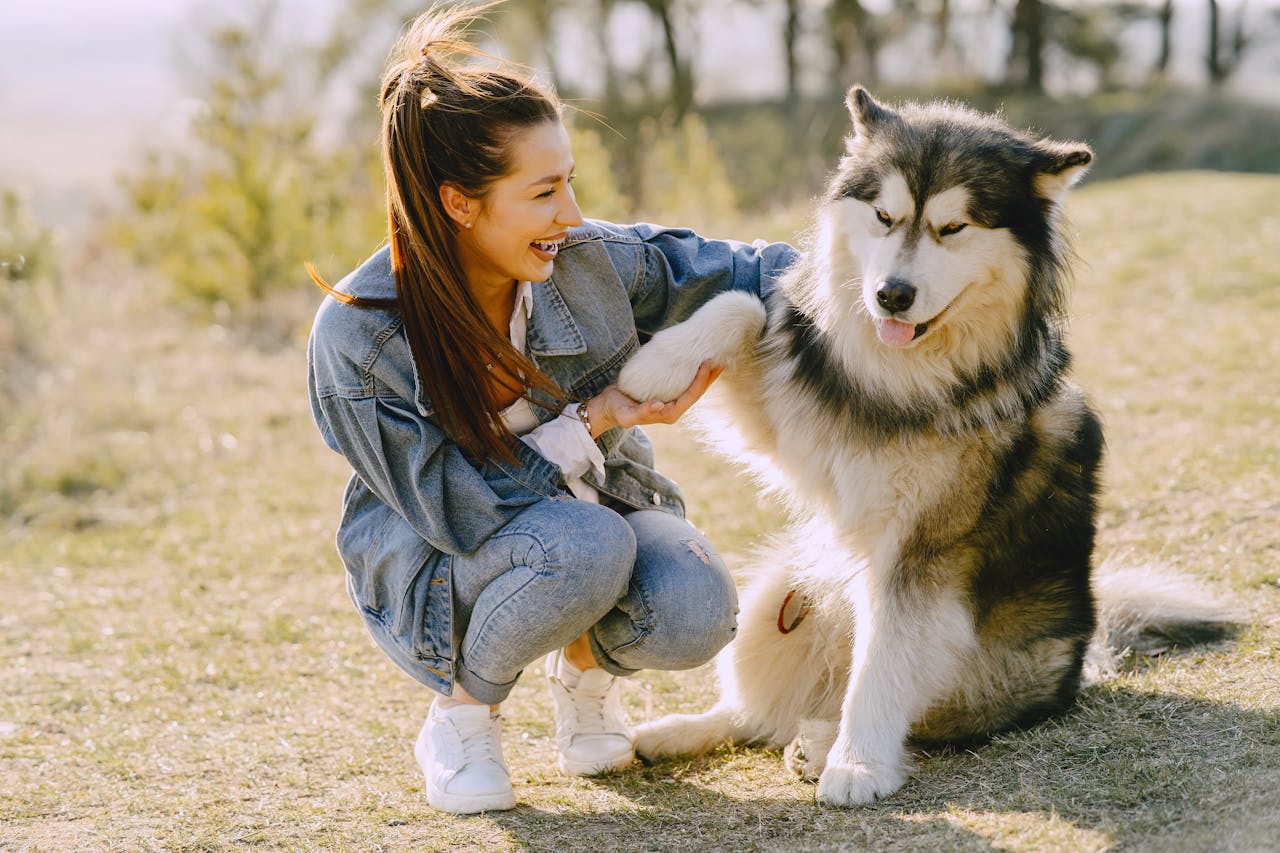Some people do not reach that conclusion lightly. They get there after one too many ambulance sirens, park confrontations, and nights hijacked by anxious barking through thin walls. They are not blind to the joy a well-trained dog can bring. They are staring at the gap between a national self-image of dog lovers and the street-level reality that includes fear, fouled sidewalks, and neighbors apologizing as their pets lunge at strollers.
Here is the thing: much of this is not about bad dogs. It is about people buying high-drive animals as lifestyle props, skipping training, leaving them alone all day, then acting stunned when stress turns into reactivity. The pandemic pet rush only amplified it. Add status breed trends and ethically messy breeding, and the conversation keeps circling the same question: if responsible ownership cannot be guaranteed, should dogs be in family homes at all?
A nation of dog lovers until the barking starts

Spend a week listening and the backdrop becomes hard to ignore: yelps echoing through stairwells, frantic barking during deliveries, tense leash encounters at school pickup. Most owners are not cruel. Many are overwhelmed, under prepared, or convinced love alone replaces structure and daily work.
Unmet canine needs drive much of the turmoil. High-energy dogs left crated for long workdays do not adjust. They stew. That stress spills into nuisance behavior and at worst, the kind of chaos that ends with someone bitten and a pet facing the consequences.
The pandemic pet boom did not come with a manual
Lockdowns fueled a surge of first-time owners who wanted comfort and routine. Demand outpaced preparation. People underestimated cost, time, and the grind of daily training. Shelters, trainers, and vets felt the aftershocks as under socialized dogs met a reopened world full of doorbells, bikes, and fireworks.
Good intentions are real, but dogs run on structure. Without early socialization, bite inhibition practice, and calm exposure to kids and crowds, fear hardens into reactivity. Neighbors do not see the missed classes or overstimulated evenings. They see the outcomes in hallways, parks, and headlines.
When breeding choices bake in suffering

There is a separate ethical line critics will not cross: breeds engineered for a look that makes breathing a lifelong struggle. Flat faces may read as cute in photos, but they carry airway disease, heat intolerance, and a shorter and harder life. That is not an occasional flaw. It is a design feature with a bill that the dog pays.
The argument goes beyond vet costs. Normalizing aesthetics that injure animals locks in a market for harm. When viral images reward extremes such as wider heads and shorter snouts, commercial incentives drown out welfare. People inherit heartbreak that could have been avoided with honest standards.
Not every health issue is visible. Stress, sleep fragmentation, and chronic discomfort quietly erode quality of life. Owners often mistake snorting for charm, missing that it signals work just to breathe. If love means choosing the dog’s interest first, critics say this is where it should start.
Two shorter points land here. First, selective breeding can fix problems when guided by health, not aesthetics. Second, buyers change the market. Walk away from suffering sold as a trend, and supply follows.
Breed bans, exemptions, and the XL Bully fight

The Dangerous Dogs Act tried to solve risk with categories. It banned types associated with fighting lines, added exemptions, and asked police and courts to sort appearance from behavior. Supporters see common sense. Critics see a blunt instrument that chases silhouettes instead of causes.
The XL Bully addition sharpened the divide. Muzzles, leads, and certificates of exemption aim to reduce harm. Identification disputes and patchy enforcement strain trust. One side says certain combinations of size, power, and drive are too risky in modern neighborhoods. The other says bad breeding and bad ownership are the real common thread.
It is not just headlines; injuries have risen
Hospital data tell a harder story than viral clips. Admissions for dog bites have climbed over time, with children bearing a heavy share. Trends vary by year, but the long arc points up, and each spike reopens the question of whether current rules match the reality on the ground.
Two shorter observations matter for clarity. First, most bites happen at home or with familiar dogs, so public space rules alone will not solve it. Second, severity tracks with strength and jaw power, which is why even rare failures in large dogs carry outsized cost.
Prevention is unglamorous. Early socialization, neutral exposure to kids and wheels, and rock solid recall get fewer likes than cute clips. Yet that dull repetition is the whole game. Without it, we are gambling with physiology, prey drive, and neighborhood safety, then calling the ambulance when the odds come due.
The enforcement piece lags behind. Complaints about off lead chaos, fouling, and menacing behavior rarely result in swift consequences. Where rules are vague or lightly policed, the careful feel punished and the careless shrug, and the cycle feeds itself in plain sight.
Why critics push the nuclear option

To a growing minority, the math feels simple. If we cannot ensure training, enrichment, and control, and if breeding keeps rewarding extremes, then household dogs look like an avoidable hazard. Love for animals, they argue, should include the courage to say no.
That stance hardens after tragedies but rests on more than emotion. It leans on injury data, frustrated enforcement, and the daily reality of parks and pavements. They see every half measure as another turn of the wheel that ends in the same place.
Others hear that and say the cure is worse than the disease. Still, critics counter that we have tried light touch for decades. What has changed is scale: more dogs, riskier mixes, and an attention economy that monetizes the traits that make control harder.
Or we could try real standards first
There is another path: licensing tied to mandatory training, dog to housing fit rules, breeder accountability, and brisk penalties for neglect and nuisance. Treat ownership as a regulated privilege, not a vibe. If funding and enforcement lag, none of it moves the needle.
Public education must grow teeth. Clear guidance on breed needs, honest talk about costs and time, child dog safety norms in schools, and city designs that anticipate dogs, not just punish them, would do more than slogans ever have. If that fails, the bans first camp will have the last word.


